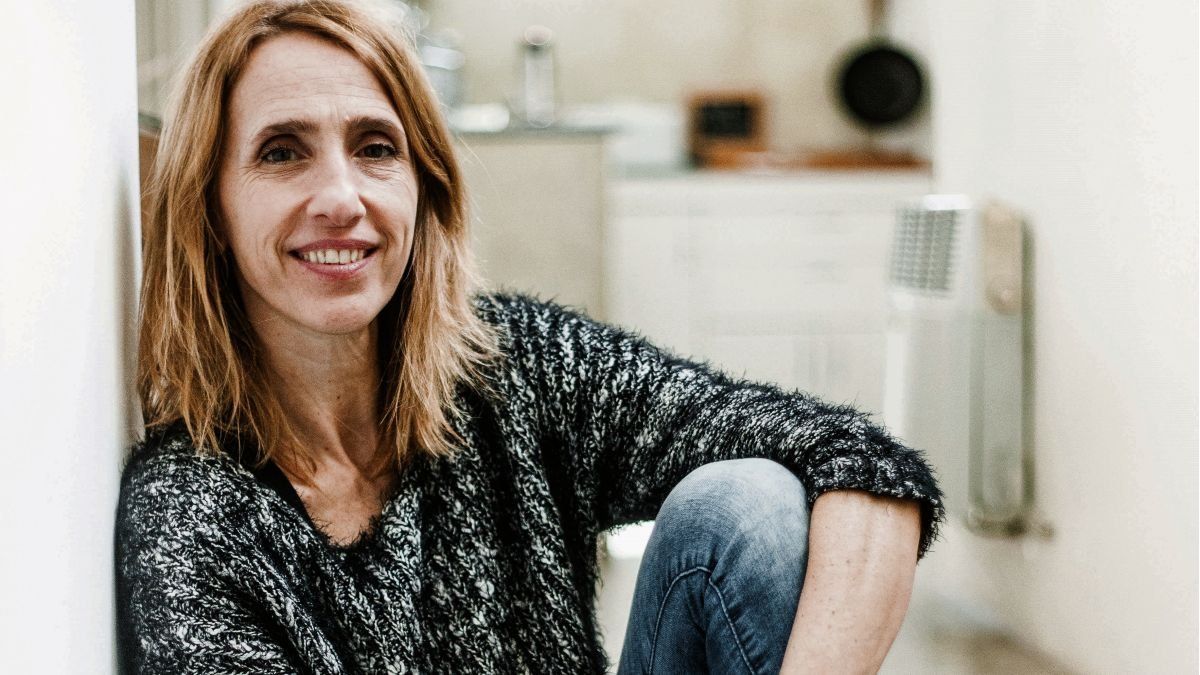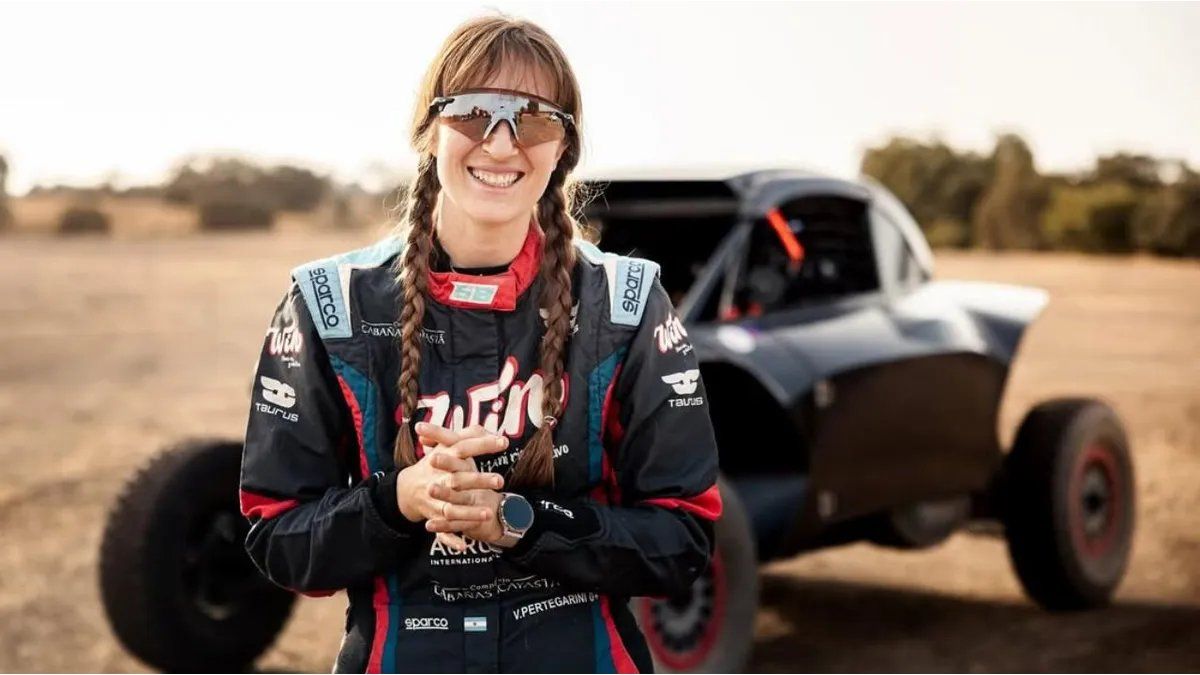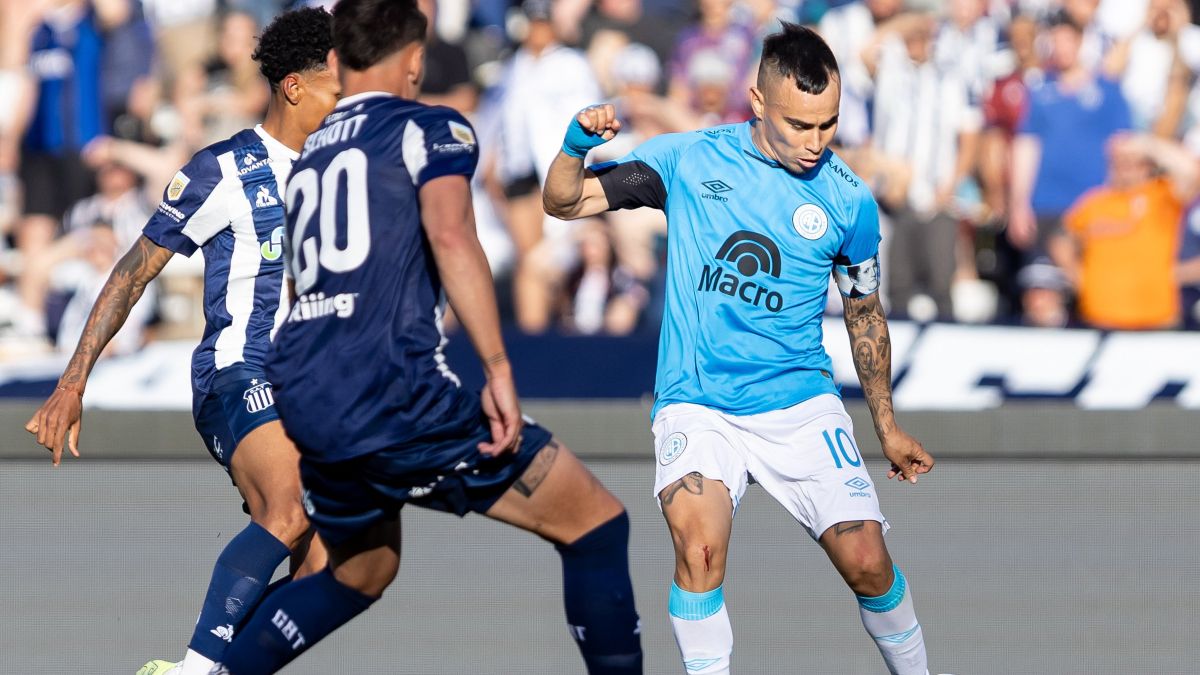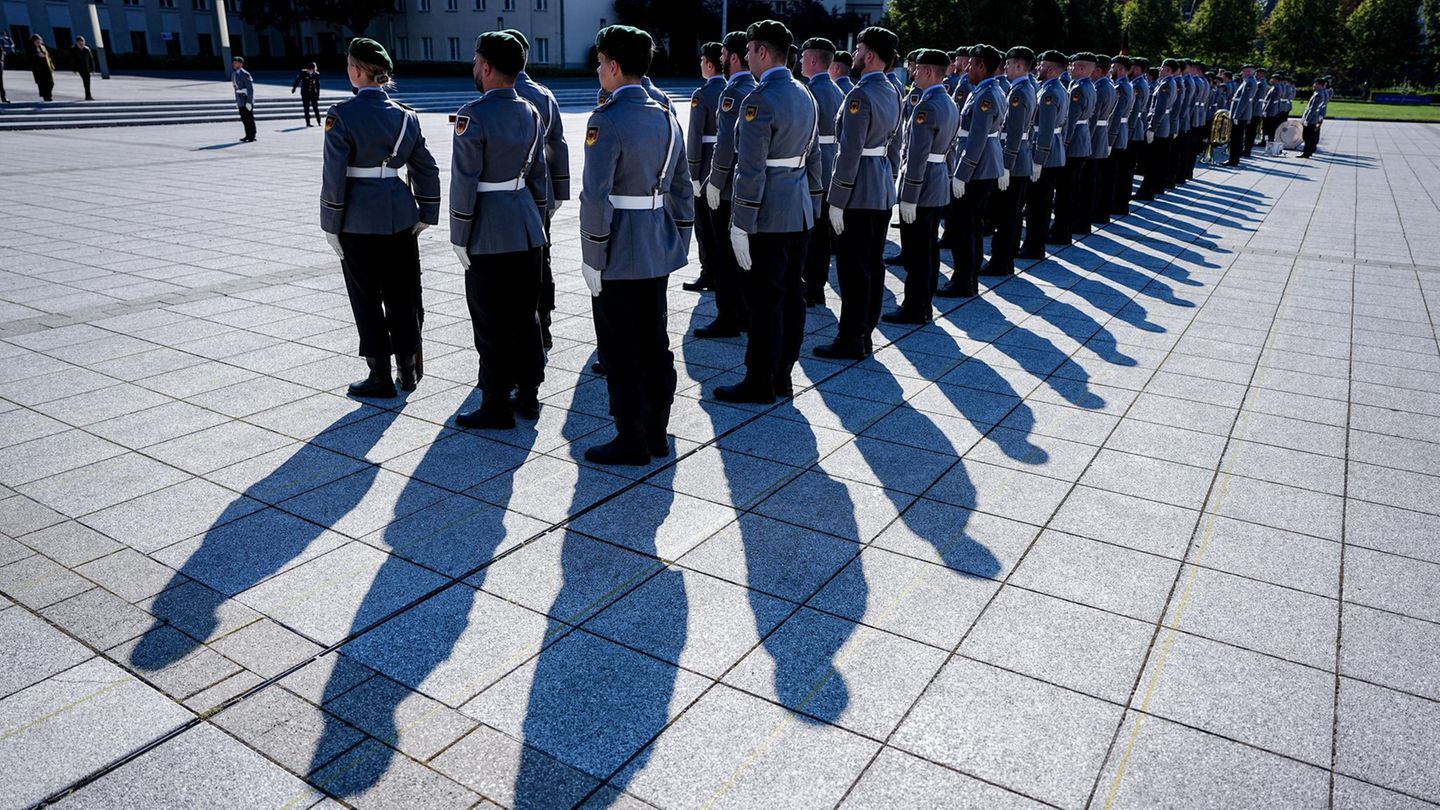Journalist: What is the show about, what issues does it address?
Anne Frenkel: It talks about joy, but not in the empty sense, which may seem hollow, I talk about vitality and strength. It’s called Grub because it’s based on the tempo of the body and the music, that pure pulse. It was generated in a pandemic and was born from the desire to encourage people and from what for me is as visceral as dance, a discipline that I take as a theatrical expression. We seek to reach the viewer through movement.
Q.: How did the show start to become what it is today?
AF: I had been working with my son who is a musician, he invited me to participate from the choreography and we conceived a work in the manner of recitals, to rock it, that tribal spirit that was like resisting during the pandemic and today is that desire to go out. We were turned off and we projected the show, which was joined by a team of very young dancers. We are looking for a work that moves the earth. With Diego Vainer we think of music as a vital pulse from the beginning to the end, like the heart, and that outlined the driving force. We were building this by zoom, in winter, and then we got together when we could. A very round work was achieved because we put together the music together with the scenes, it is very abstract, it is as if it were a musical work, with the five dancers who represent that pulse, that breath, I cannot tell the plot because it is very sensory. There is a triad between music, light and bodies, it’s all there. I feel that it is something very personal, that many times I direct others and this time I went to a very primary place.
Q.: In what other aspects did the pandemic give you advantages when creating the show?
AF: It provided me with that time to reflect and the need arose to activate towards a place where that sadness and pain were transformed into another force. Art and culture give the possibility to transform. It is not denying death or illness, something that was strong in those times and that ultimately form part of existence. But it is delving into the poetic, not from a literal language. On the other hand, there is something that we are used to consuming through the media and networks that has to do with fear, a lot of information is received about complex situations that frighten without a breath of desire and hope, something can turn around and generate good things. Young people naturally have that spirit. Art opens up new versions of oneself, in my case it’s music and dance, which go straight to emotion.
Q.: What did being an artist-in-residence at Cultural San Martín and the Banco Ciudad del CTBA award imply in the creative process?
AF: It gave us the opportunity to be there doing research twice a week, and the prize was key, thanks to that we were able to do it. We did not win money but it could be carried out. It is an act of self-creation that comes from nothing and that support is everything. And when the public comes there it begins to give its profit.
Q.: How do you see the new generations?
AF: I am hopeful, they have a look that you have to adapt to, much cleaner than a lot of things. The cultural scene has always been diverse here, there’s a lot going on, I’m more into going to see music or theater than dancing, I love dance but I don’t consume as much. We are in a place in the world where creativity is overwhelming and after the pandemic we are going to have to adjust to what we want to tell because there are stories that seem obsolete.
Source: Ambito
David William is a talented author who has made a name for himself in the world of writing. He is a professional author who writes on a wide range of topics, from general interest to opinion news. David is currently working as a writer at 24 hours worlds where he brings his unique perspective and in-depth research to his articles, making them both informative and engaging.




